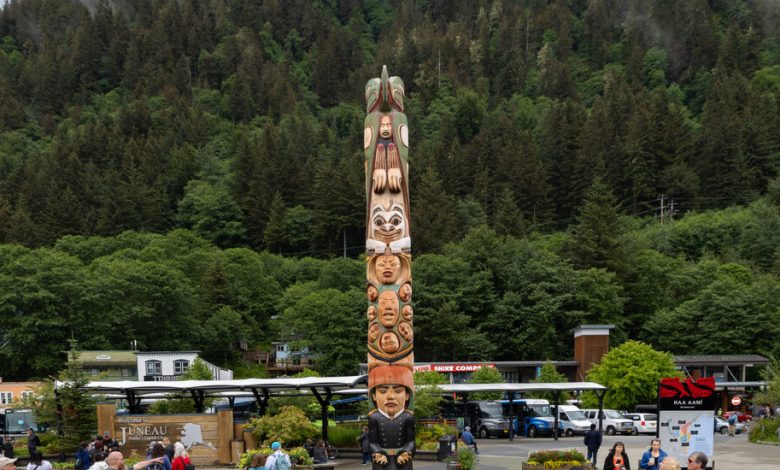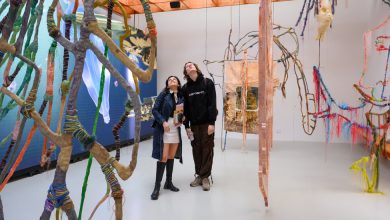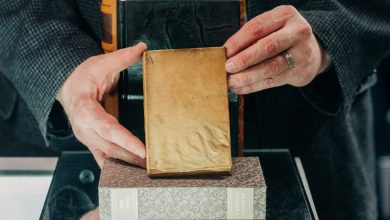Mellon Foundation Doubles Funding for U.S. Monuments, Pledging a Total $500 Million

Since 2020, the Andrew W. Mellon Foundation has spent nearly $173 million on 80 completed or ongoing monument projects across 37 states, supporting a broader and more diverse range of narratives in the nation’s public spaces. On Tuesday, the arts and humanities philanthropy announced it would double its original commitment of $250 million over the next five years, pledging a total of $500 million for its Monuments Project.
The foundation said the half-a-billon-dollar commitment is the largest multiyear funding initiative in its history. “I feel proud that we’ve been catalysts and contributors to a larger conversation in the nation about monuments,” said Elizabeth Alexander, the foundation’s president.
Its work has been guided, in part, by Monument Lab’s 2021 study, also funded by Mellon, researching the demographics of about 50,000 existing monuments in the U.S. The audit found that women are often commemorated as mermaids or other fictional characters in public statues, and that half of the individuals most frequently represented in monuments were slave owners.
As communities removed numerous confederate statues in the wake of George Floyd’s murder and the resurgence of the Black Lives Matter movement over the last few years, Mellon supported new projects that are starting to populate the landscape. “We’re now able to show a far broader range of stories at a moment when who is an American, who counts, what books can we read, is very contested,” Alexander said.
This year’s Mellon-backed public monuments completed this year include Harriet Tubman Square in Newark, N.J., honoring the abolitionist’s role in the Underground Railroad, and a trail of mammoth totem poles along the waterfront in Juneau, Alaska, conveying the history of Native peoples there. At a Memphis park dedicated to Tom Lee, a Black skiff boat operator who, in 1925, rescued 32 people from a capsized boat in the Mississippi River, the artist Theaster Gates unveiled an assemblage of 33 stone thrones honoring Lee’s heroism and the lives he saved.
At Washington National Cathedral, stained-glass windows representing the Confederate generals Robert E. Lee and Thomas “Stonewall” Jackson were removed and replaced with windows capturing the resilience of African Americans and commemorating protests during the country’s long struggle against racism, by the artist Kerry James Marshall.
In July, President Biden signed an executive order designating the Emmett Till and Mamie Till-Mobley National Monument at multiple sites in Sumner, Miss., and in Chicago. Together, these memorialize the brutal lynching of the 14-year-old Black boy in 1955, his open-casket funeral and the trial of his abductors that helped propel the civil rights movement forward.
Before her death in 2003, Till’s mother, Mamie Till-Mobley, asked Marvel and Wheeler Parker, Emmett’s first cousin and last surviving eyewitness to his kidnapping, to keep his story alive.
“That was a great challenge and a great charge — we had no idea where to begin,” said Marvel Parker, the executive director of the Emmett Till & Mamie Till-Mobley Foundation, which has received substantial funding from Mellon for ongoing preservation and interpretive work. “What has happened with this national monument is beyond our wildest expectation.”
Lonnie G. Bunch III, the secretary of the Smithsonian, who is not involved in Mellon’s initiative, said its commitment is a significant gesture of change and possibility. In additional to attracting other funders, “it could help a community to rethink itself,” he said. “It has the ability to be a ripple of transformation.”



